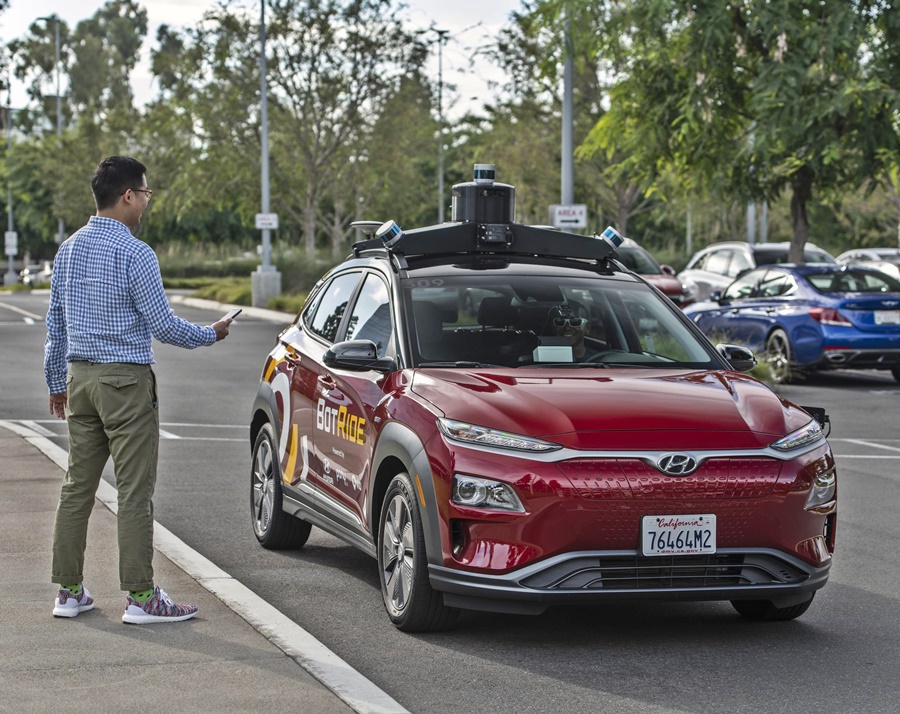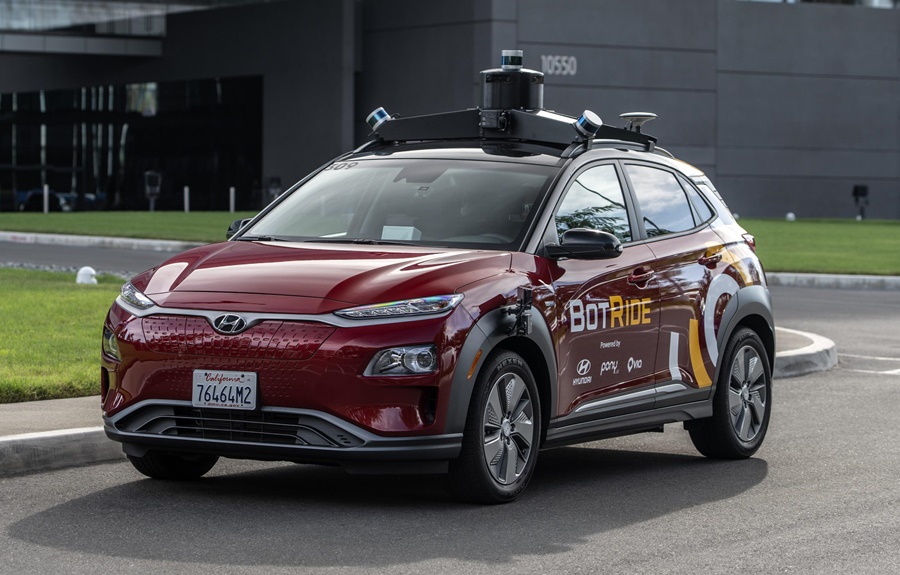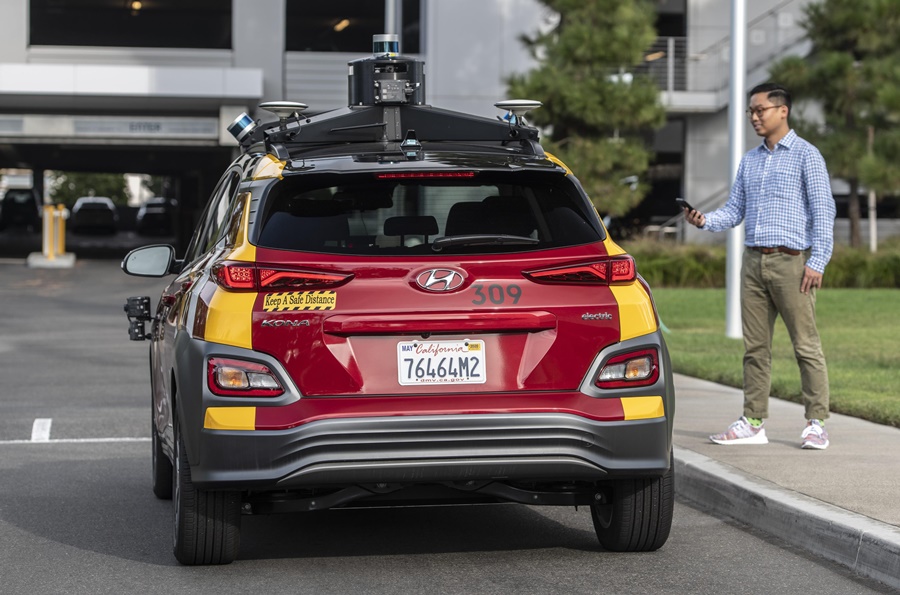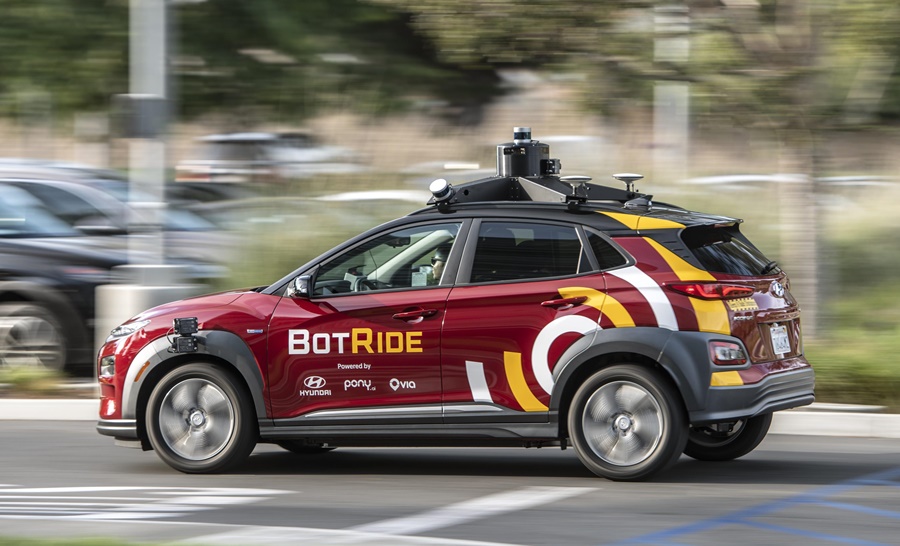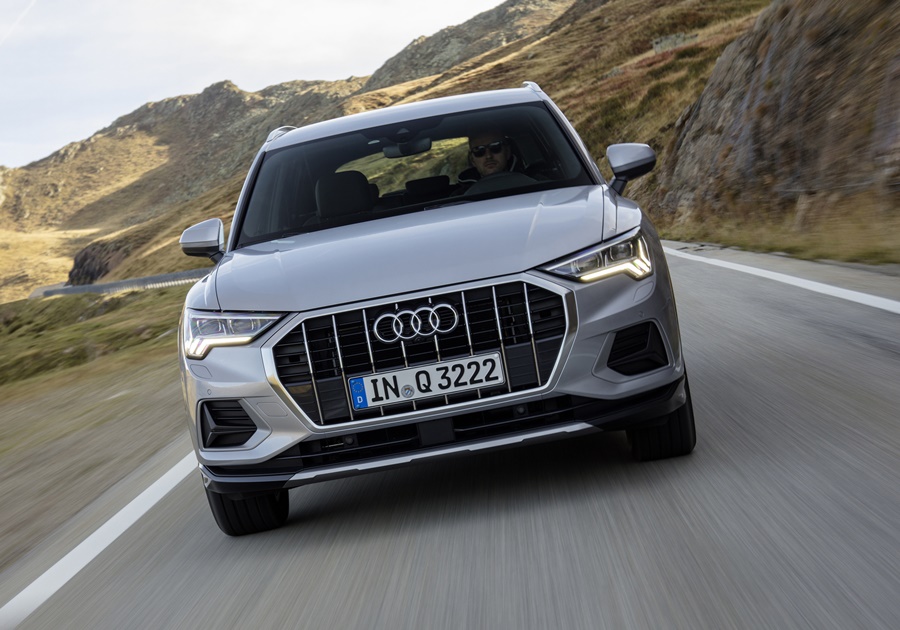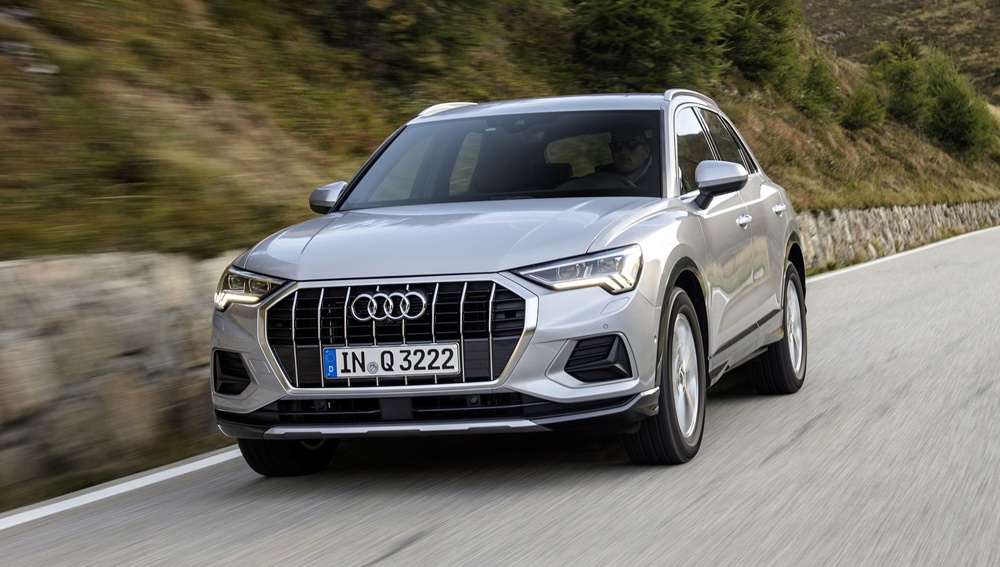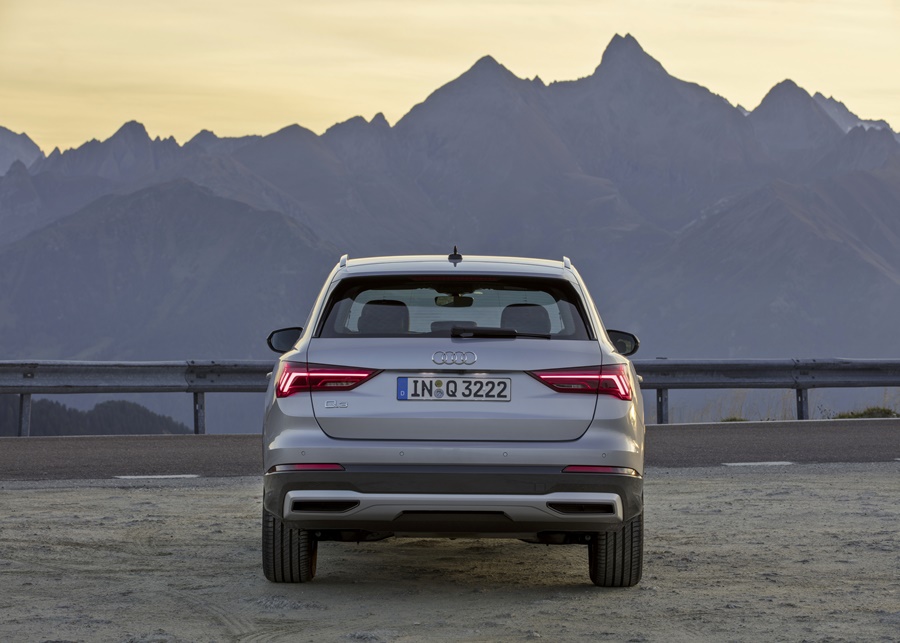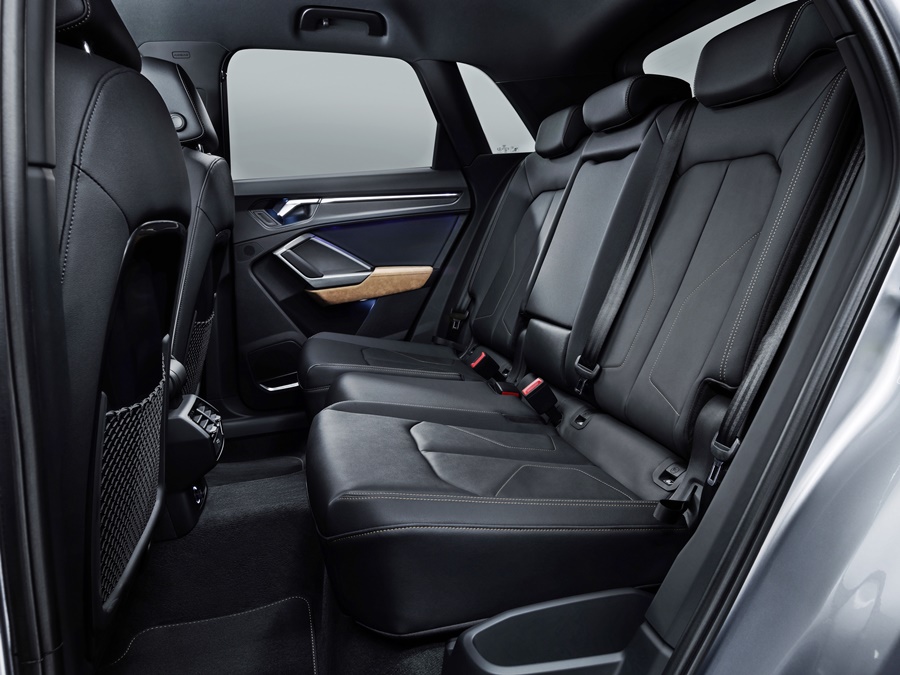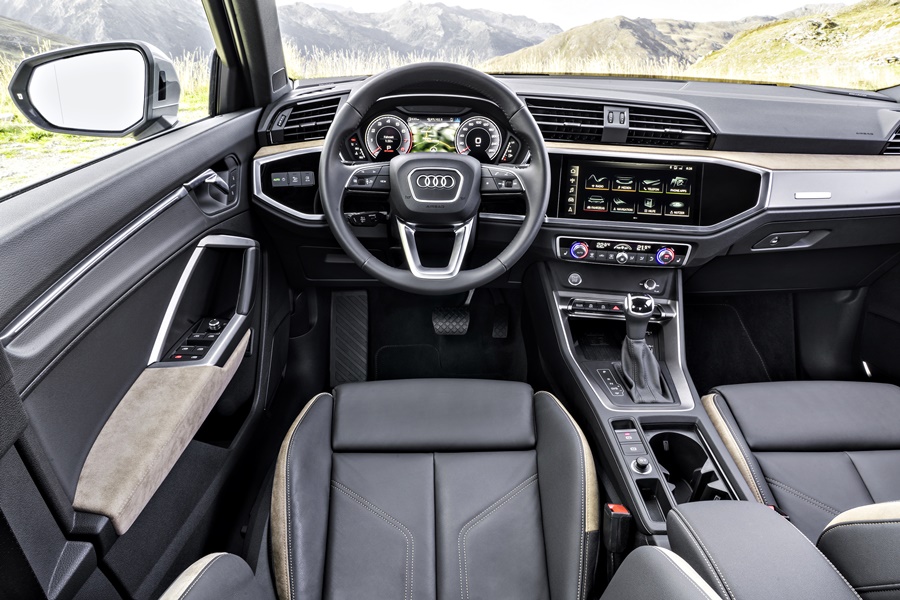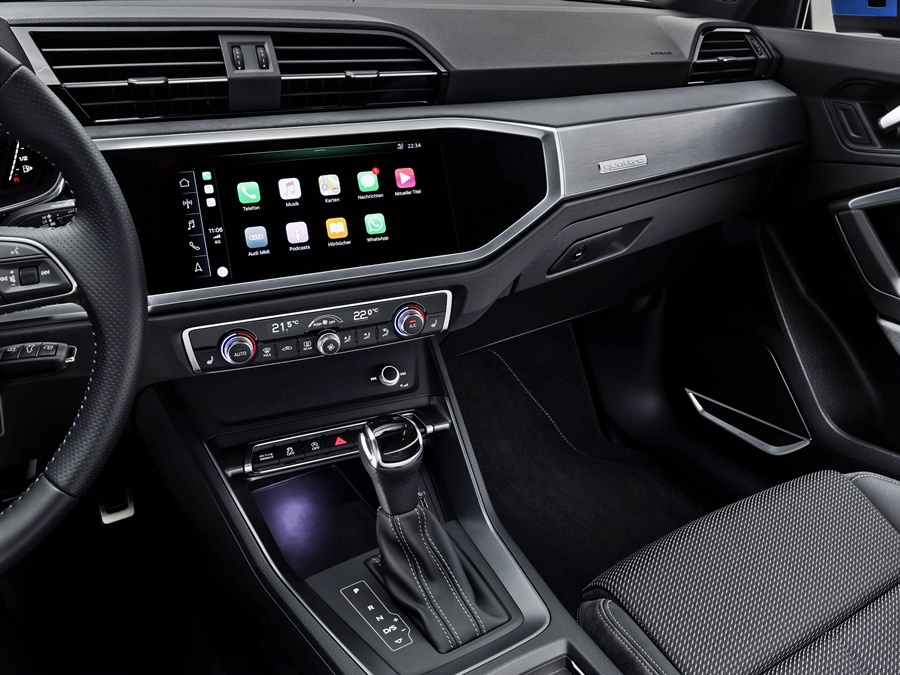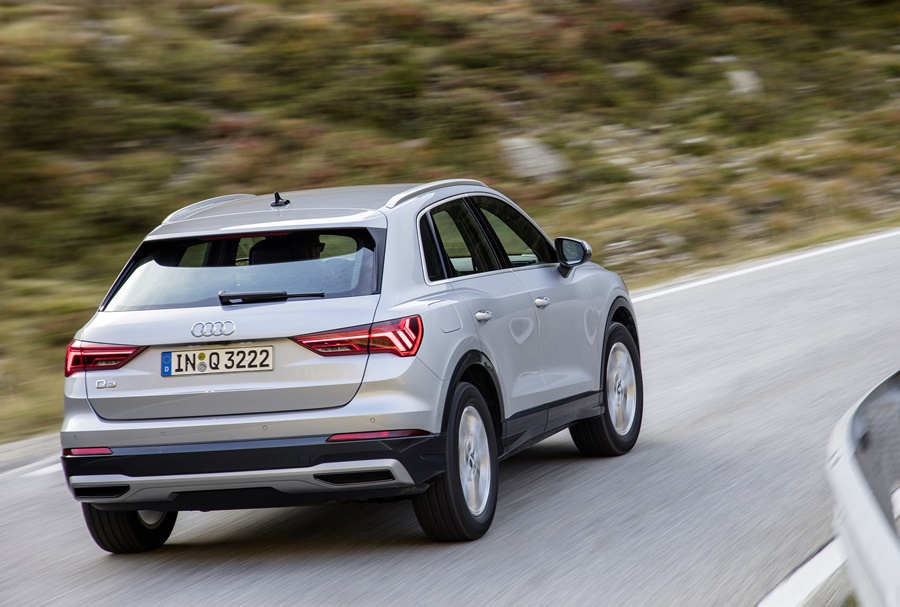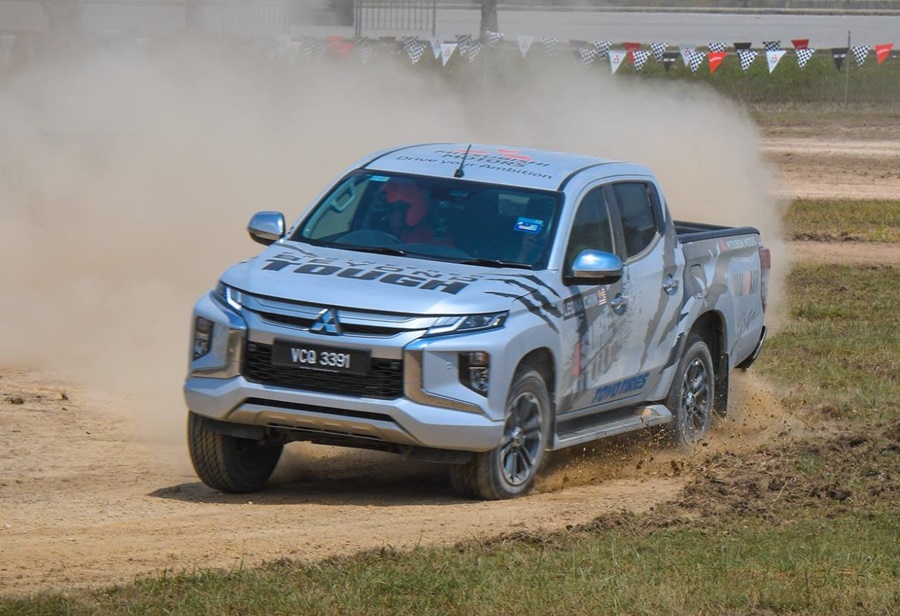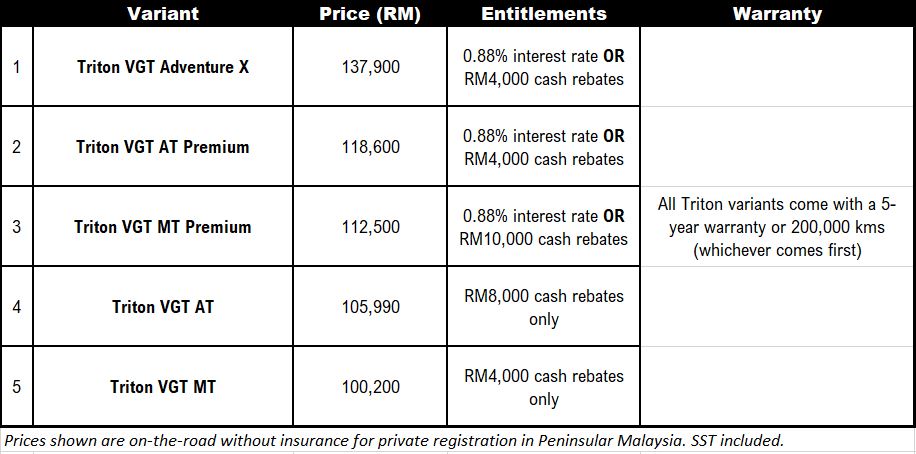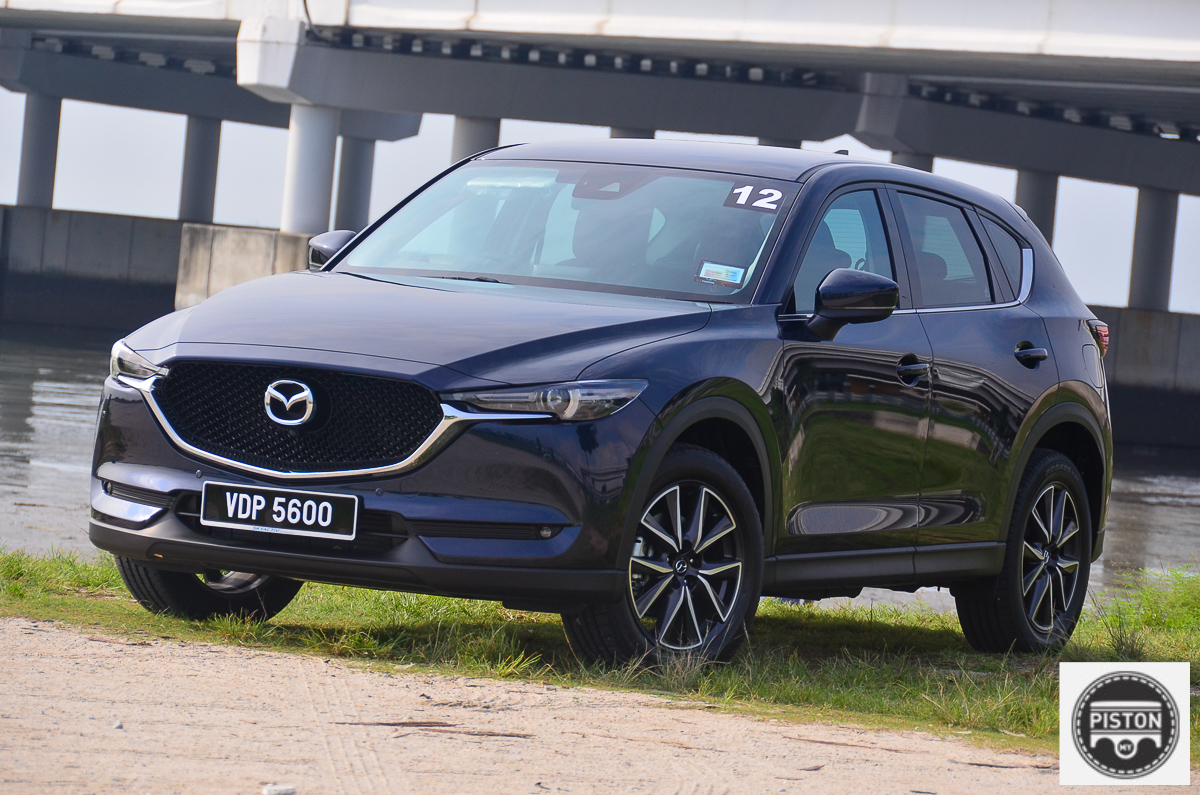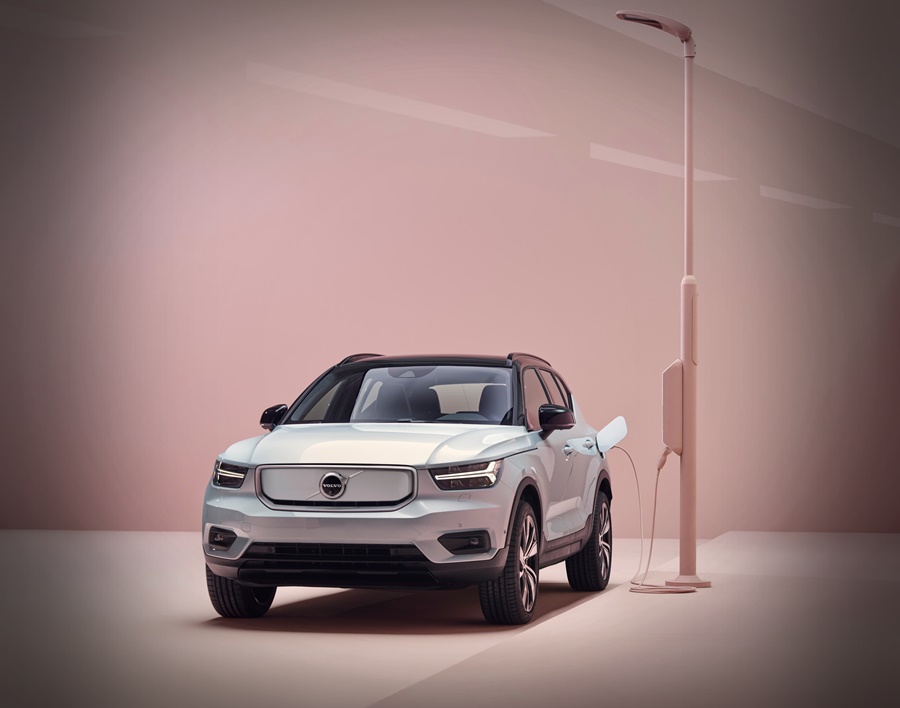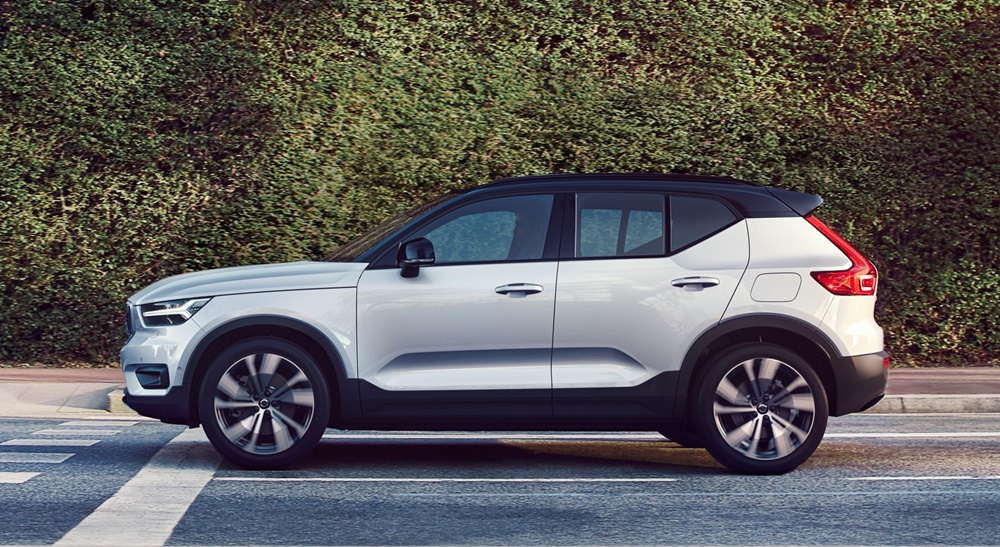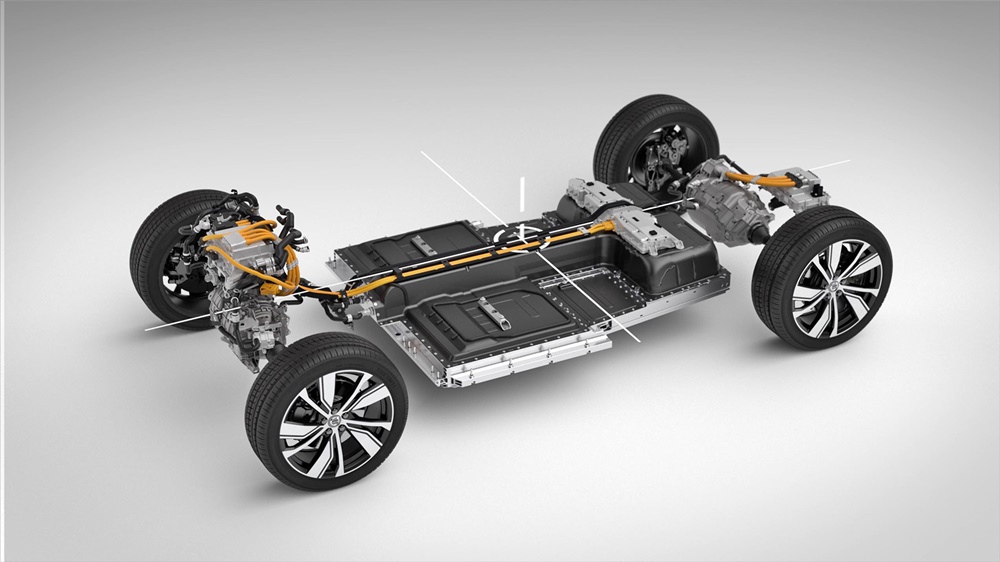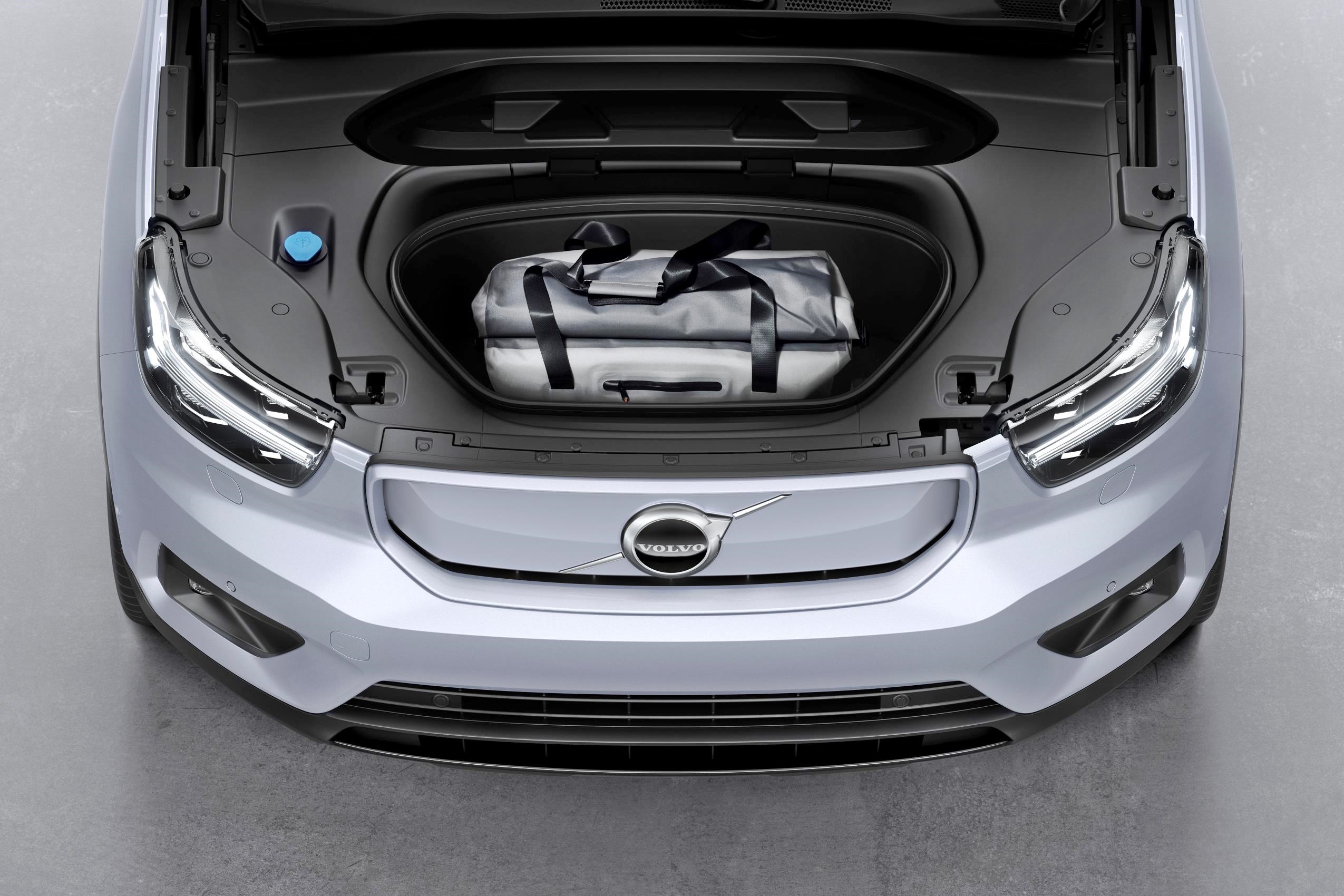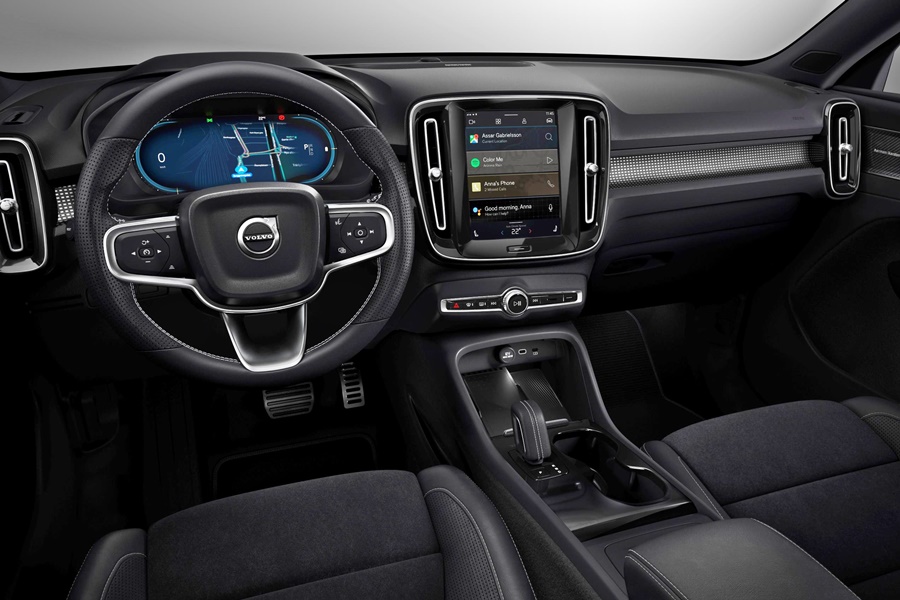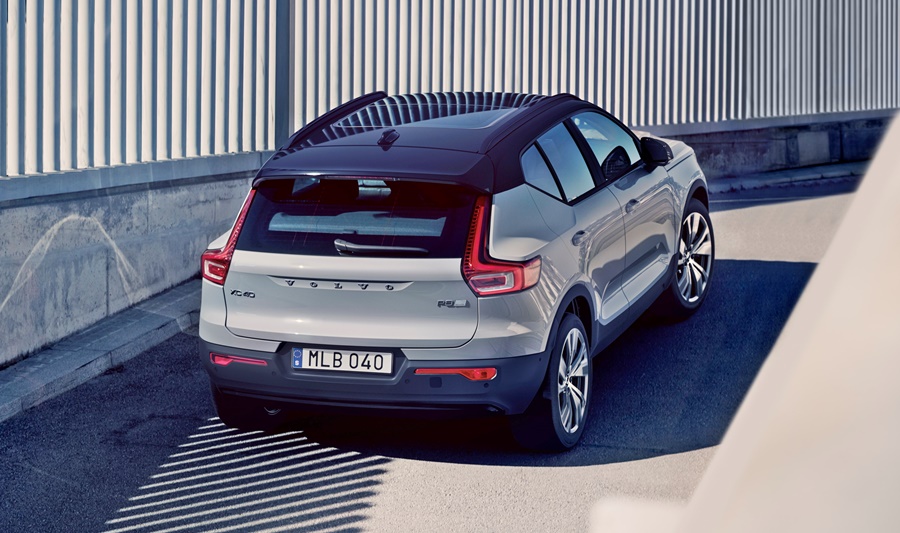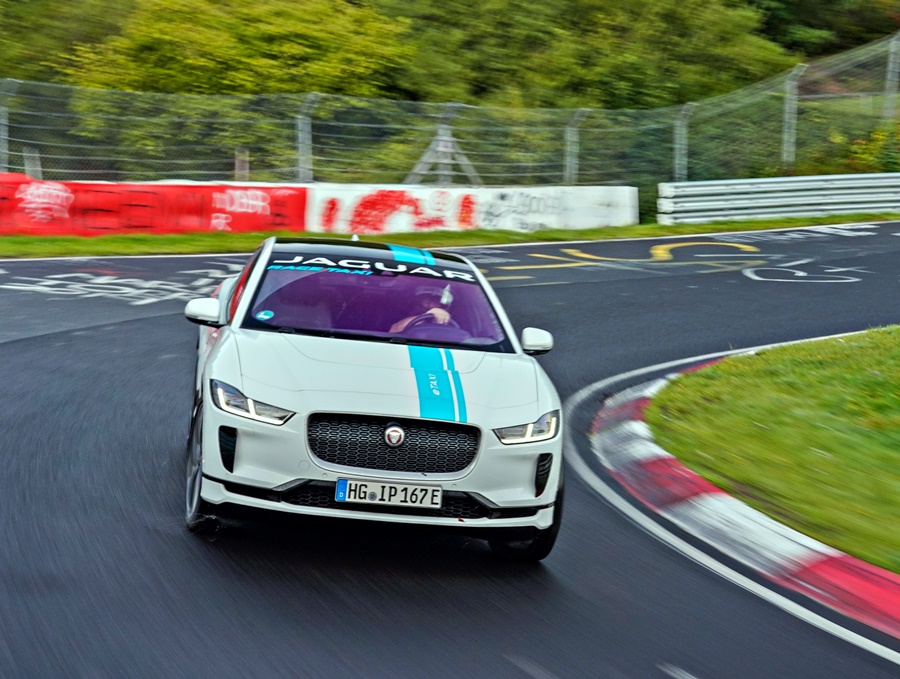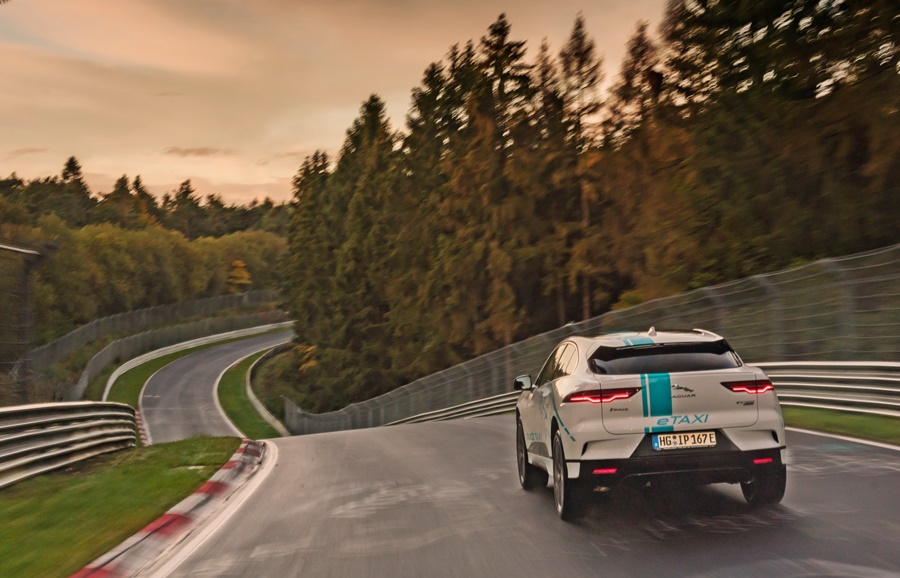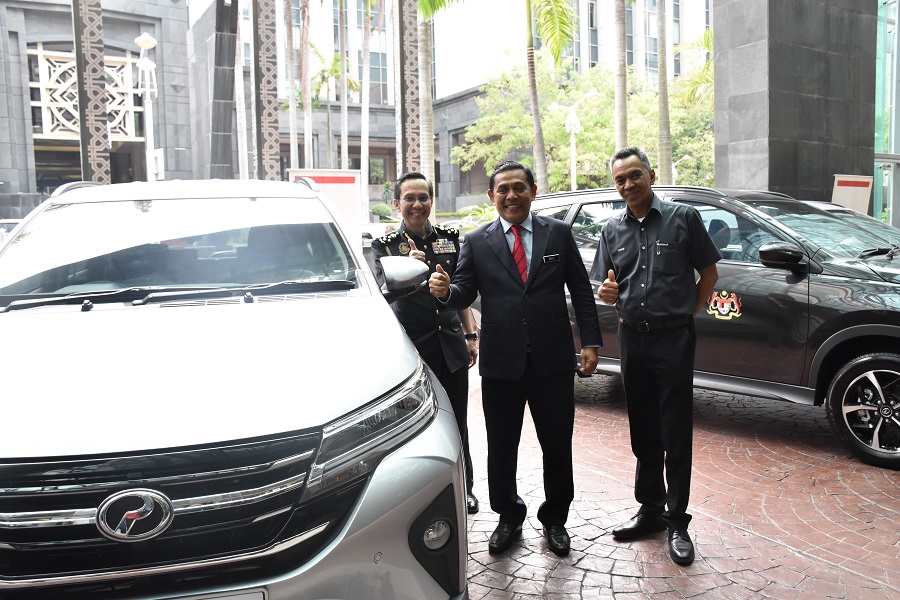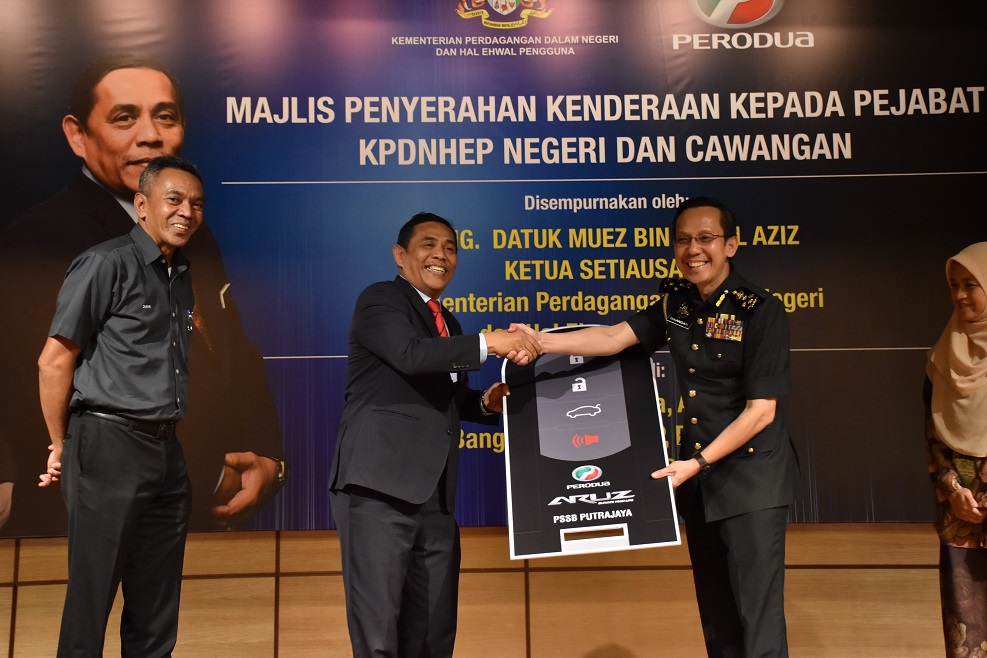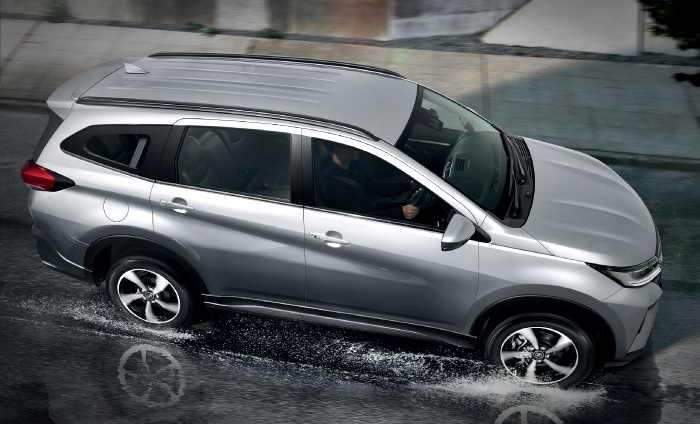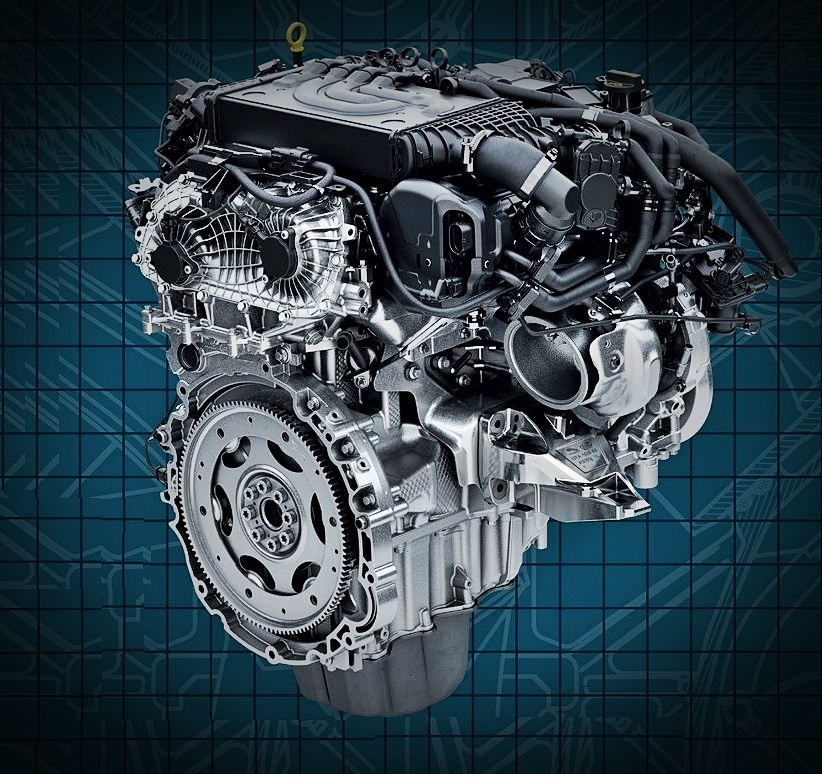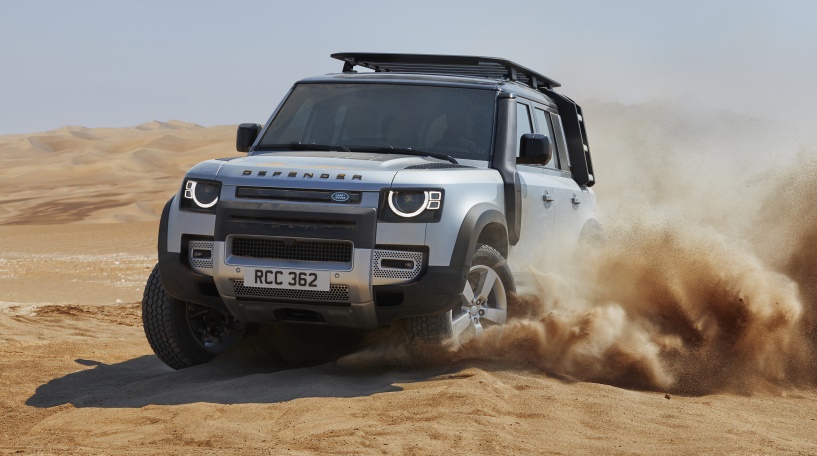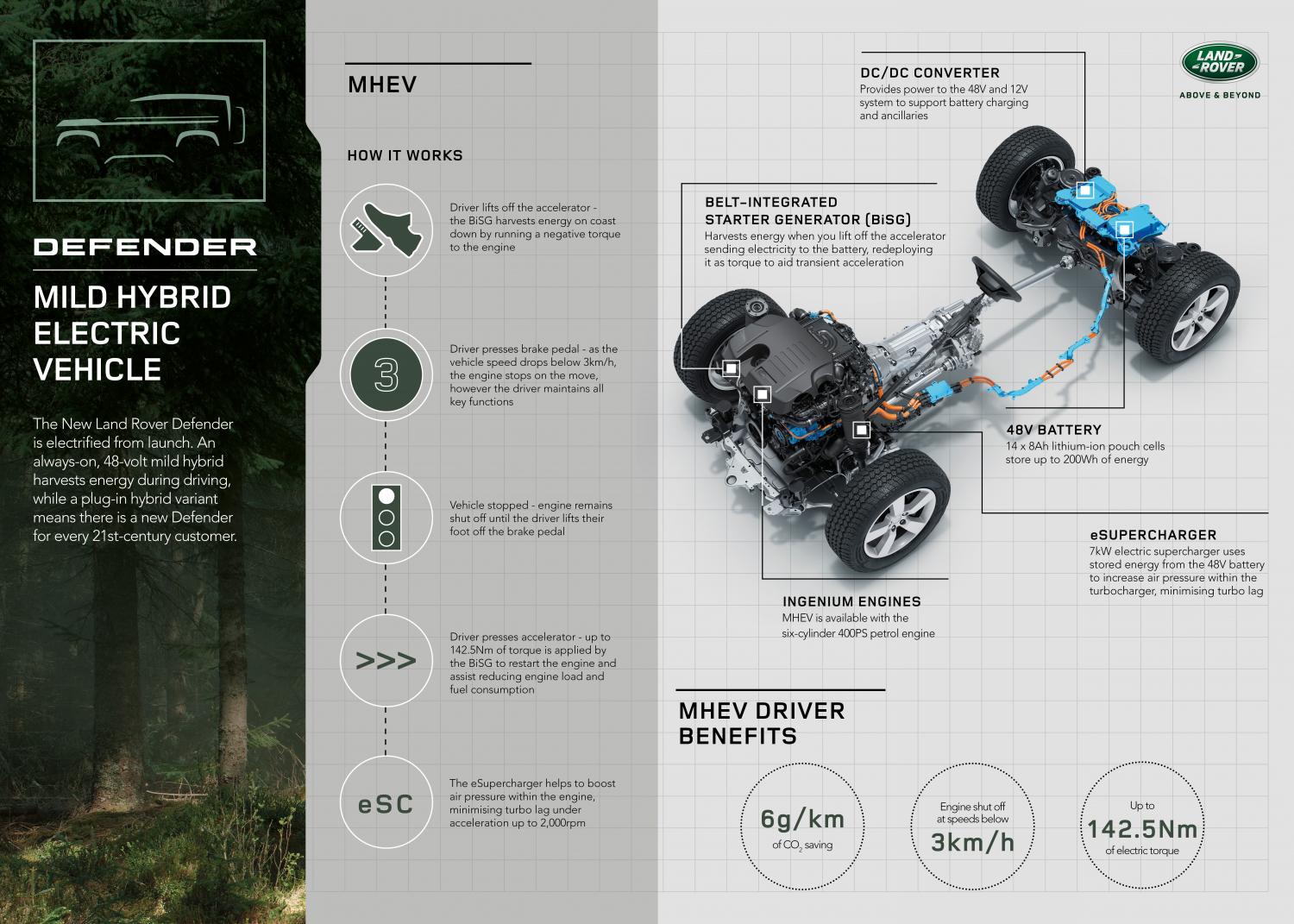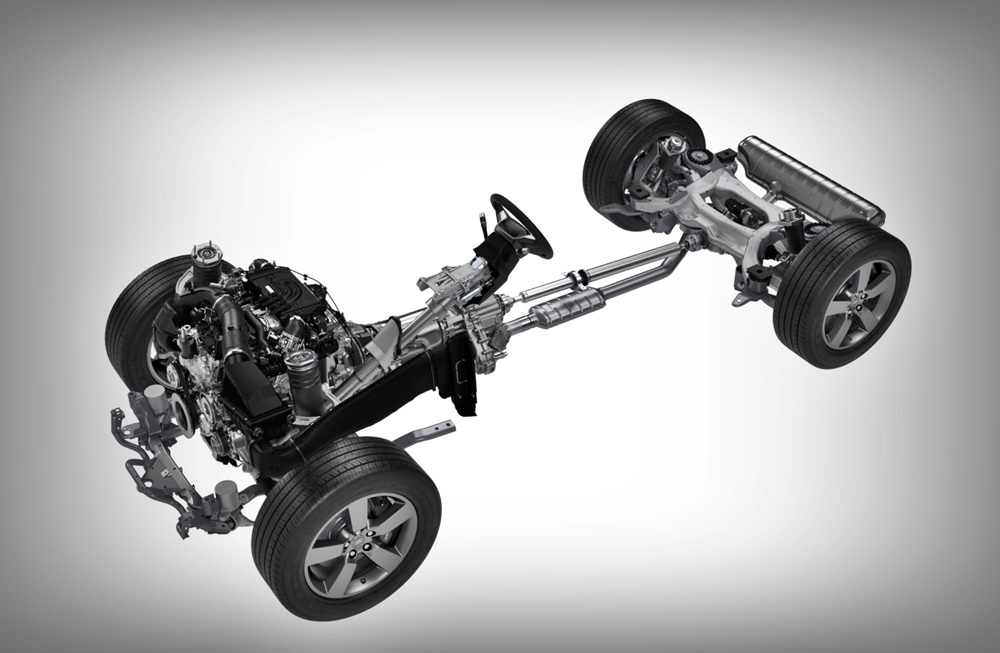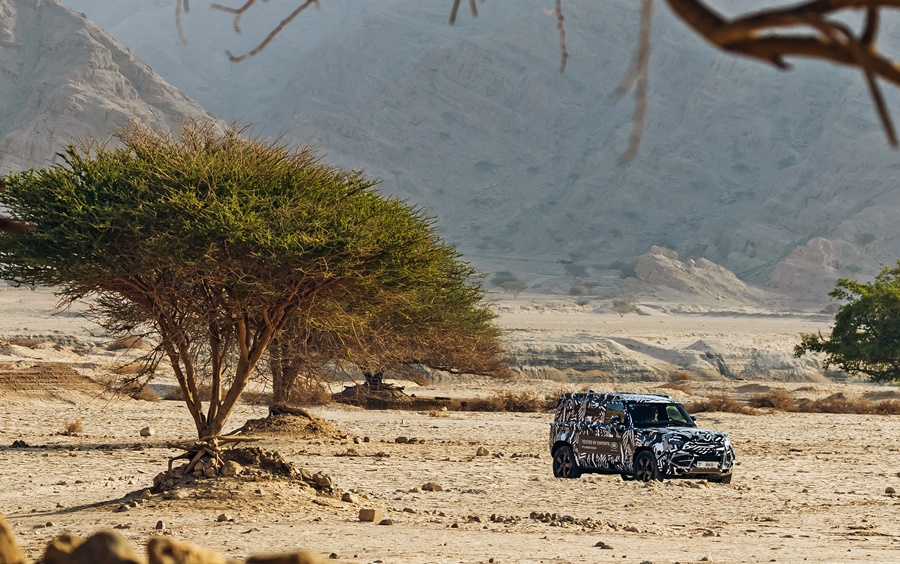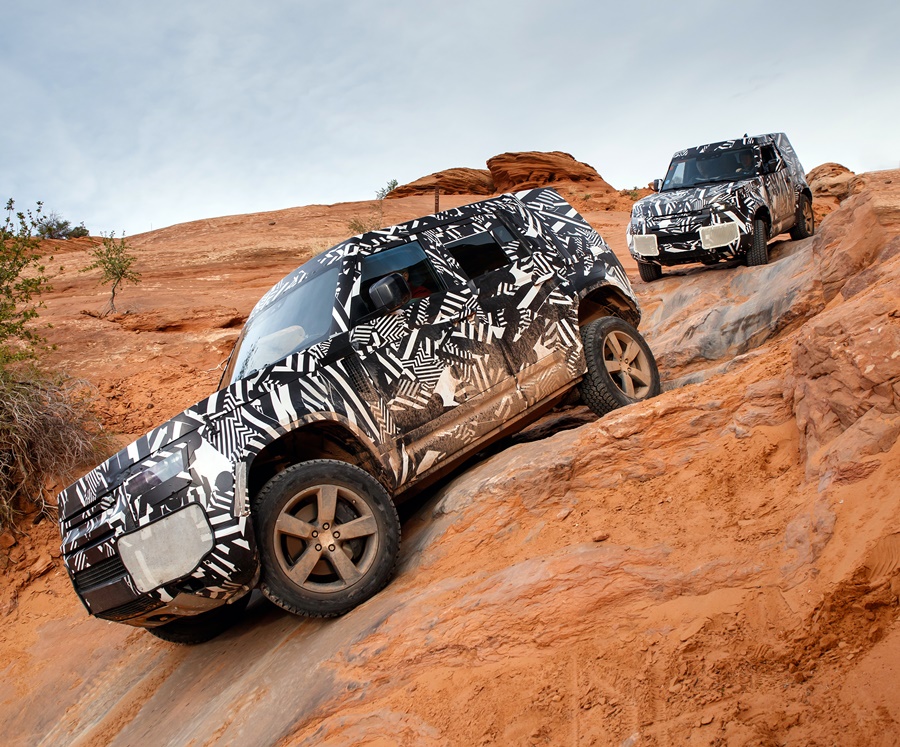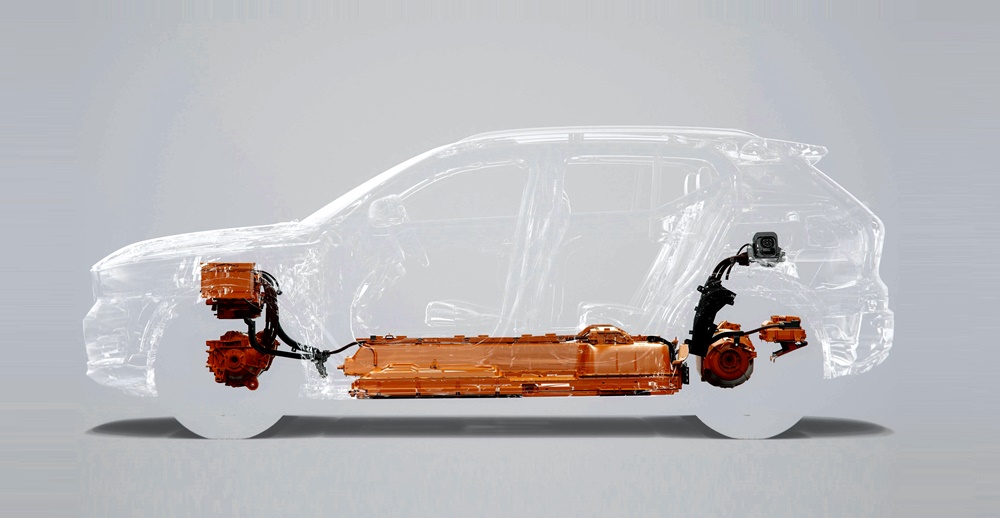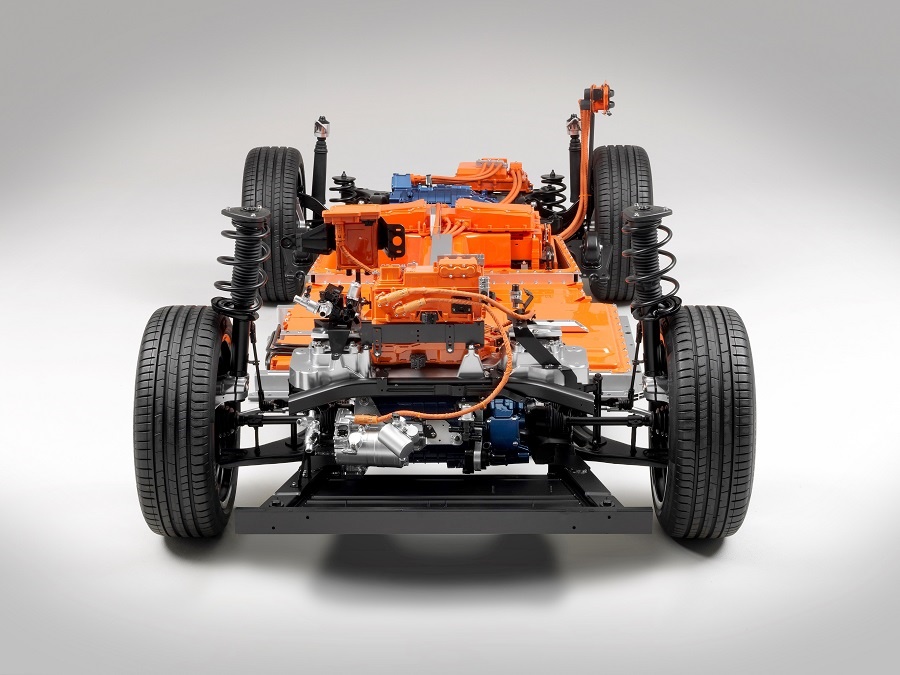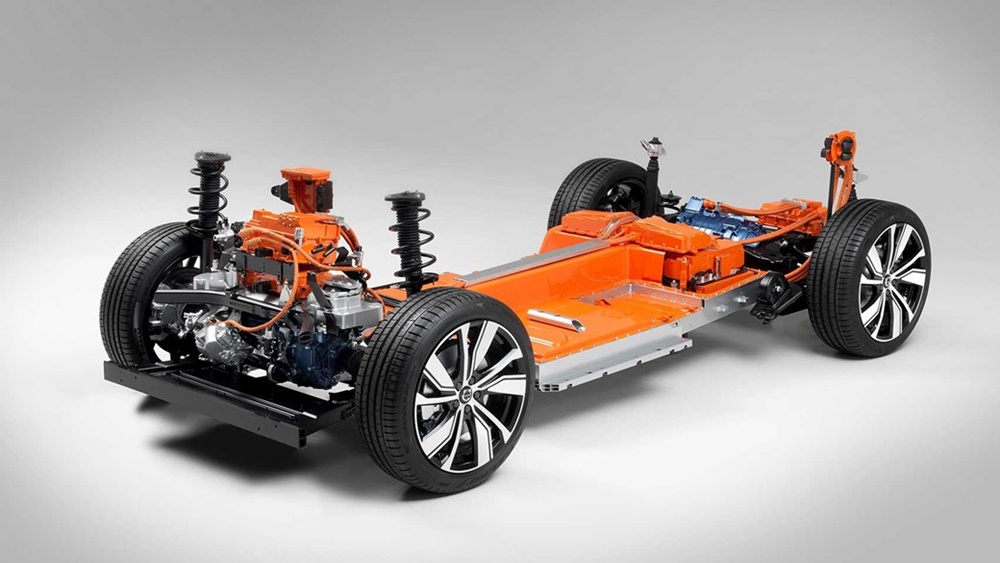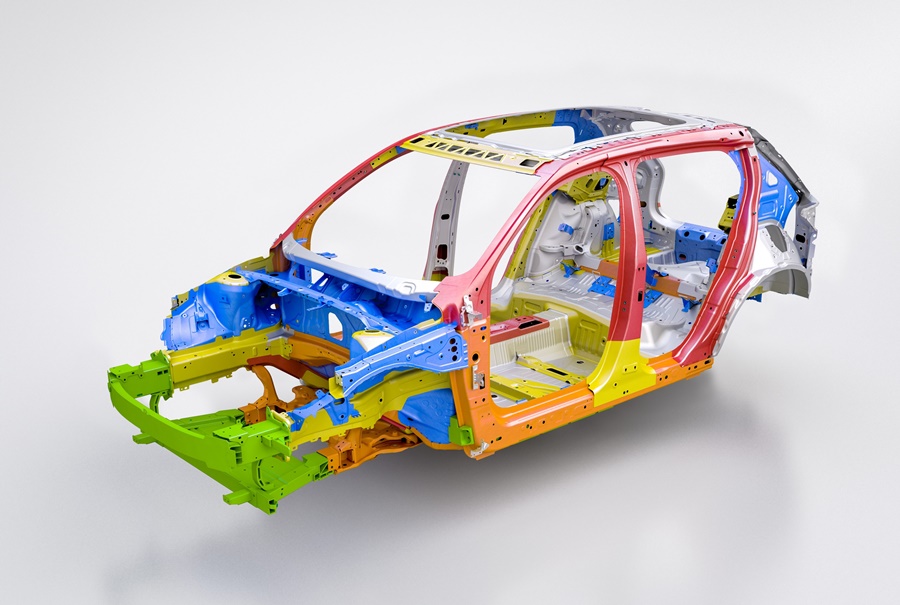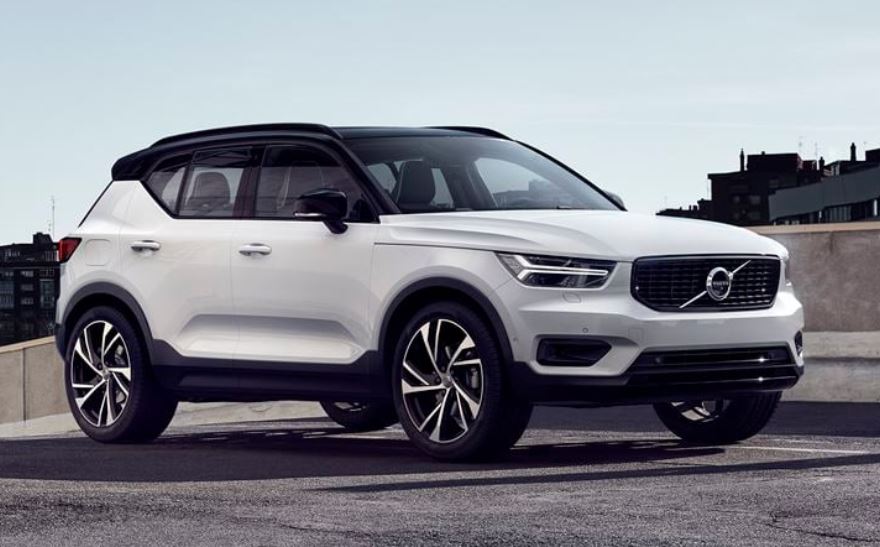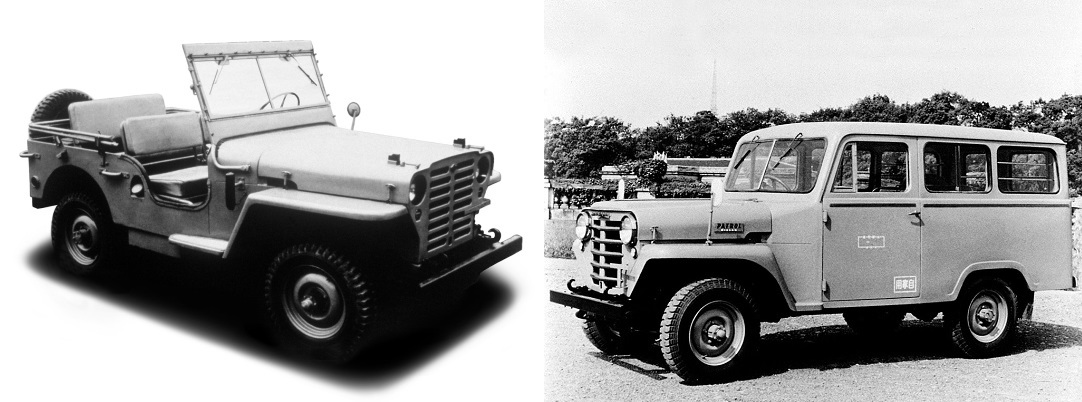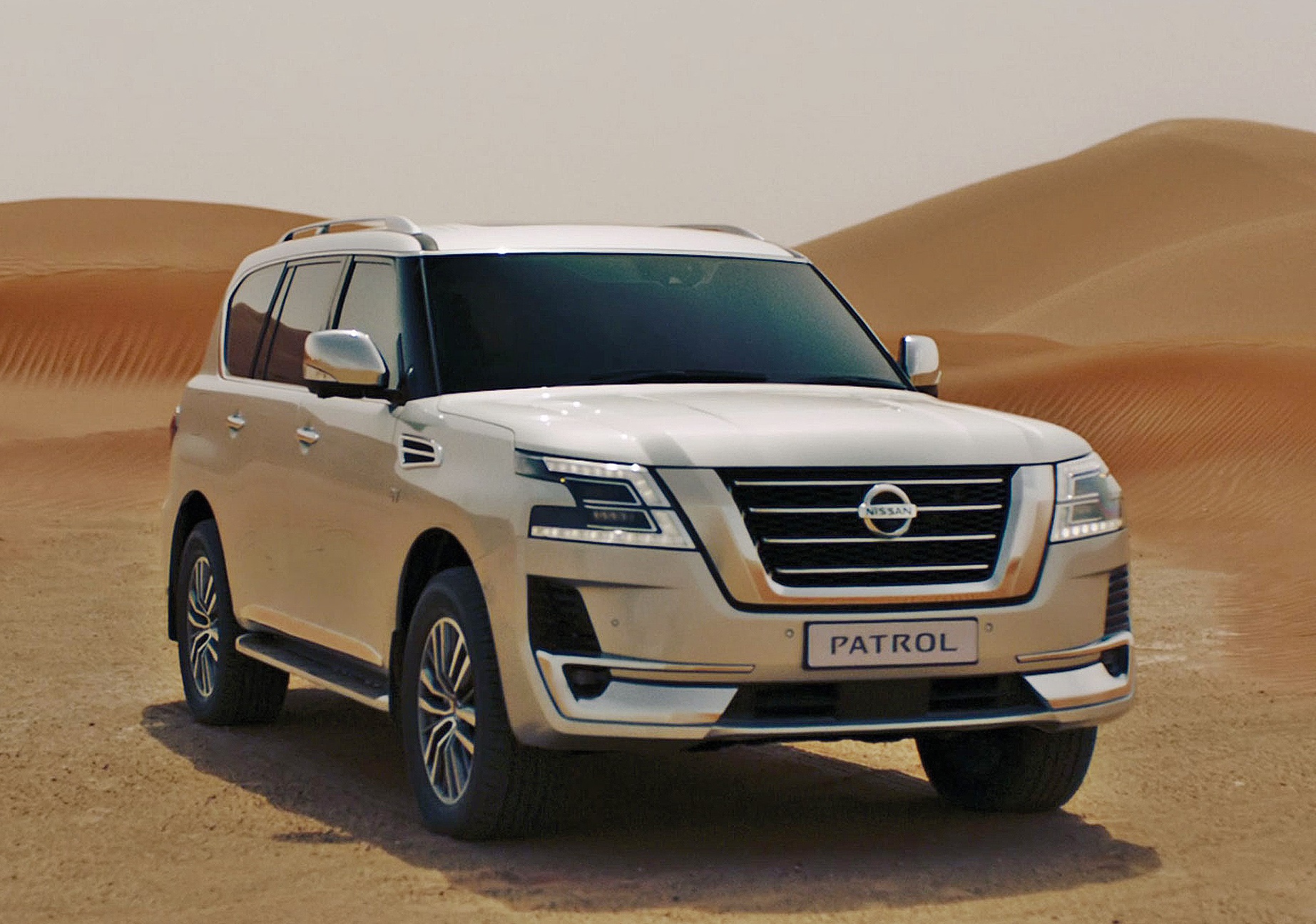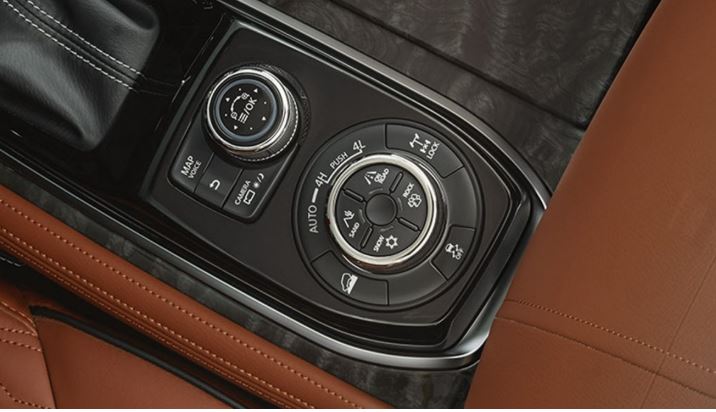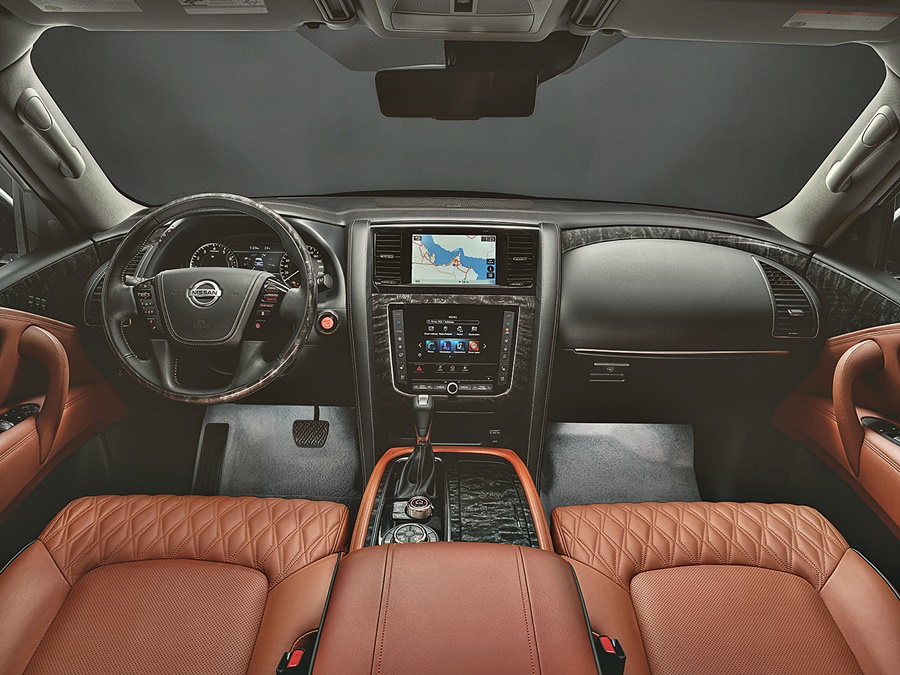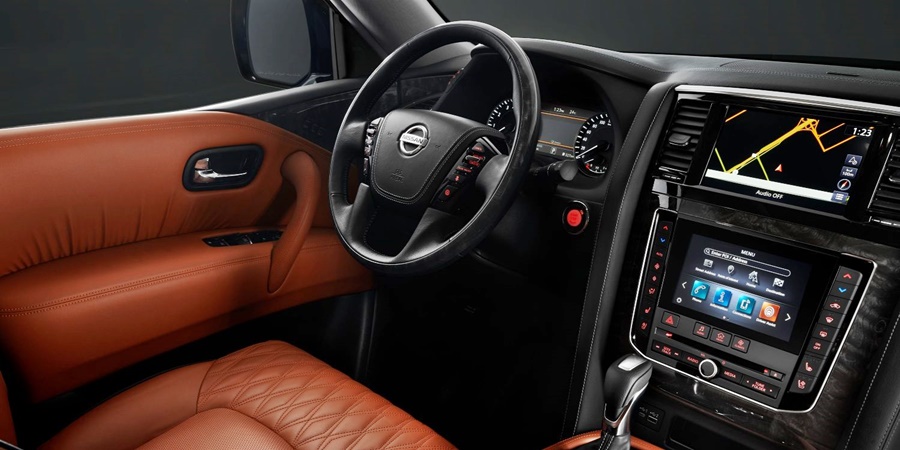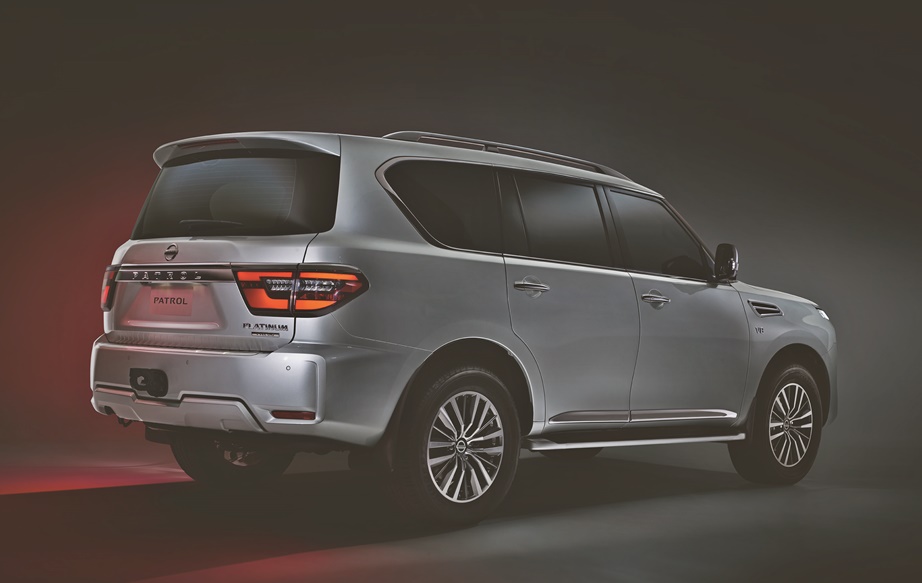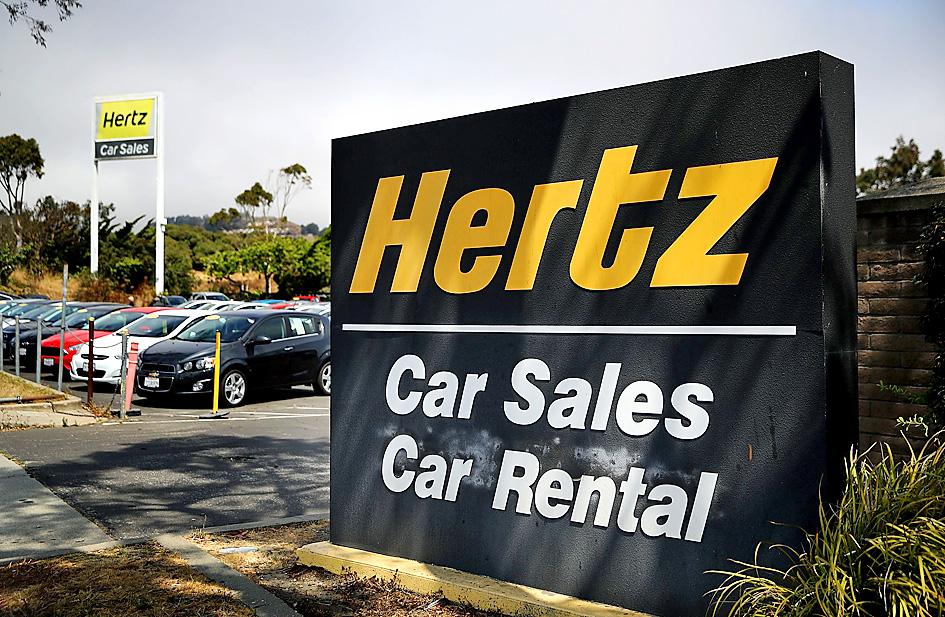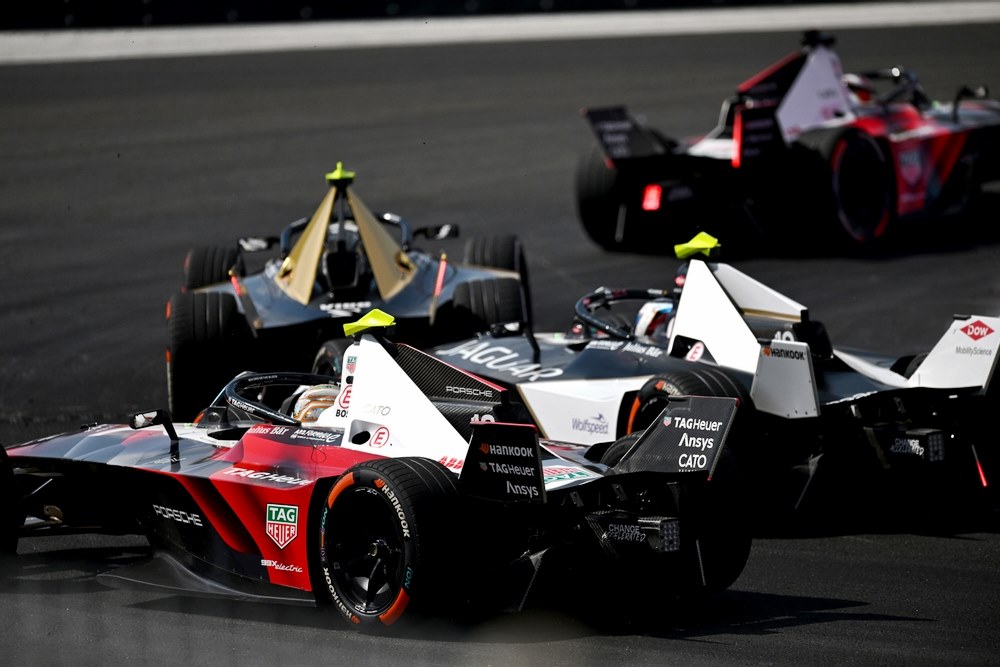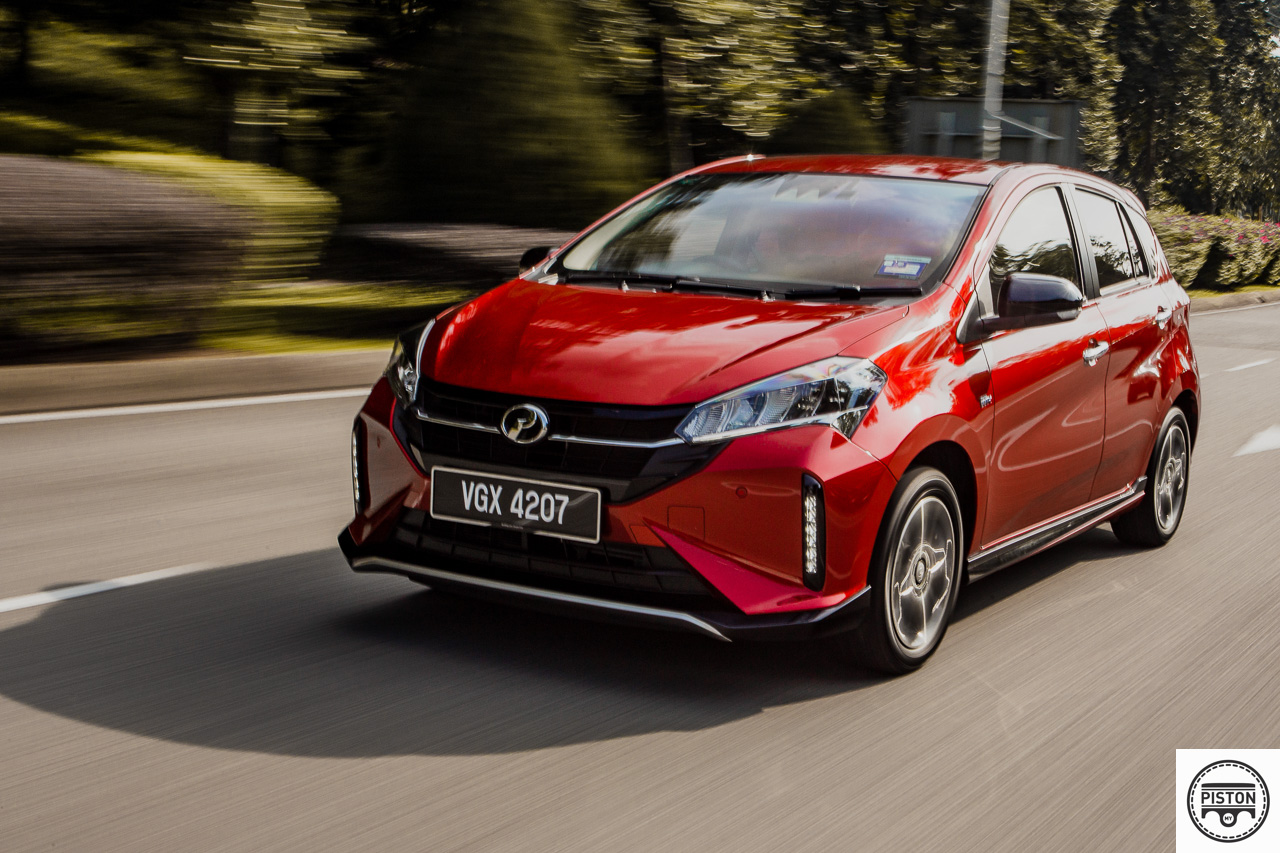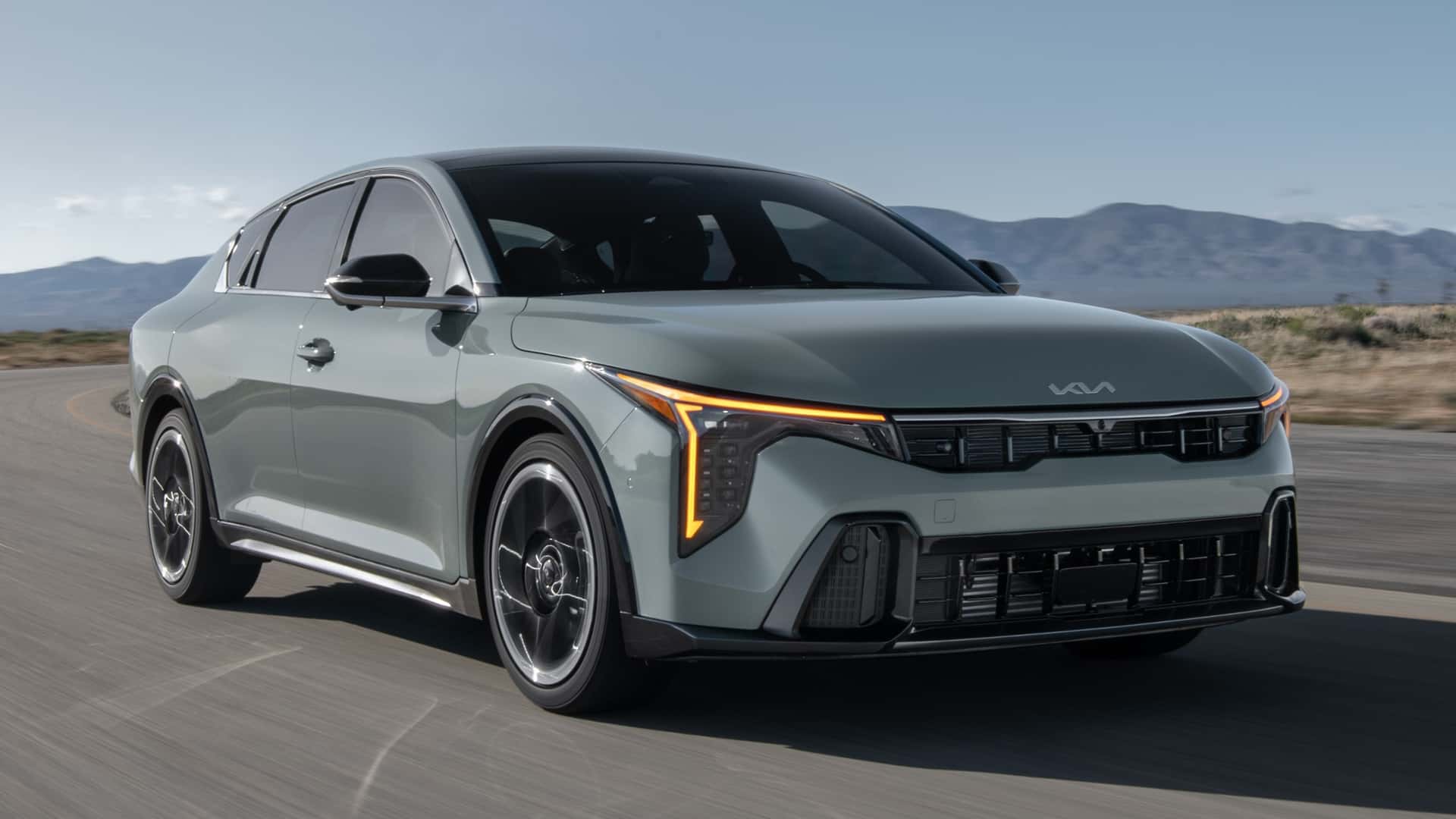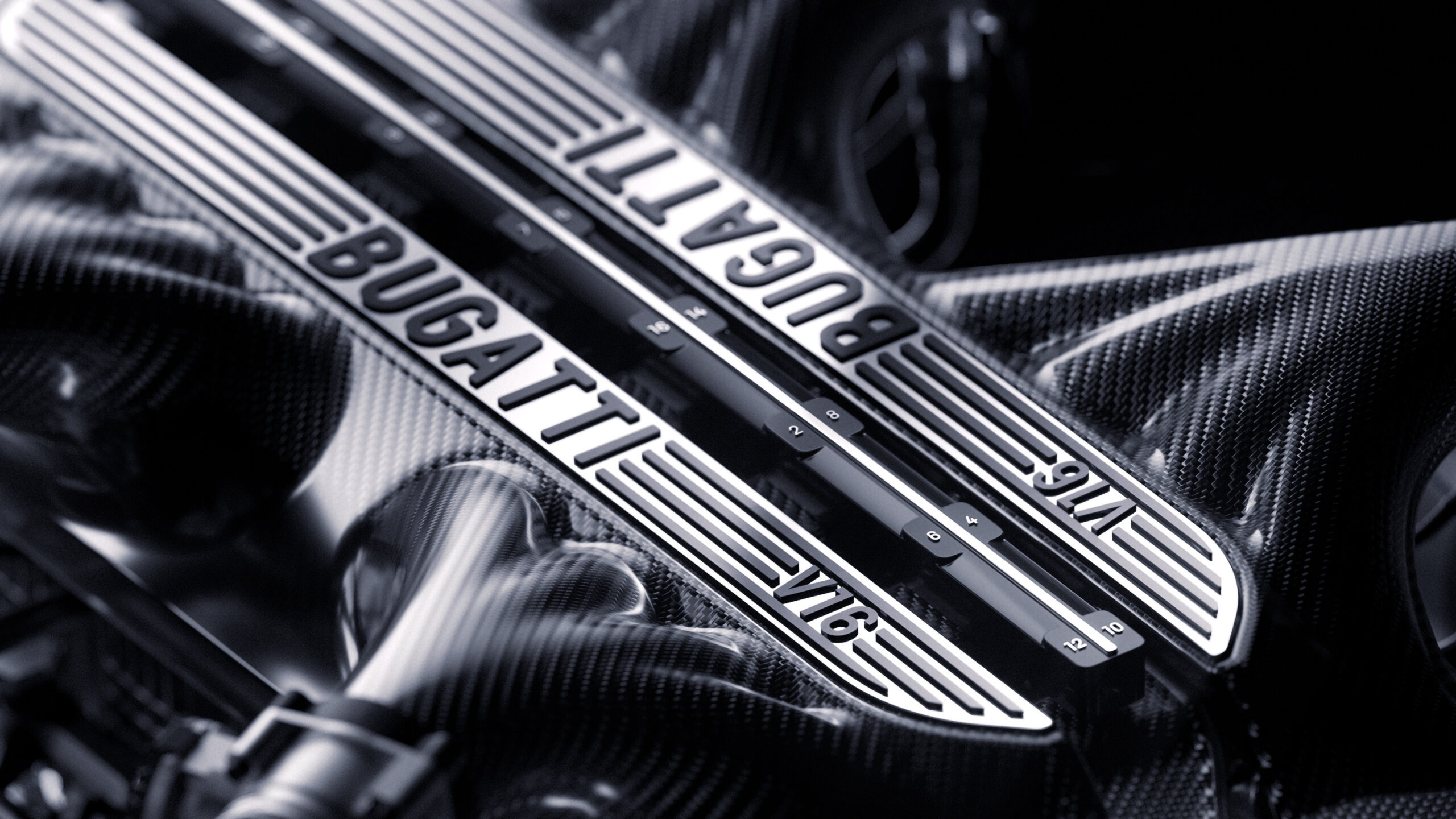Electric vehicles (EVs) and autonomous self-driving cars are going to be part of our lives in future. In Malaysia, perhaps it will take a while for them to become significant numbers although Edaran Tan Chong Motor is taking the initiative to start selling EVs such as the Nissan LEAF now. Autonomous cars will take a lot longer as our conditions present challenges, particularly in the area of safety.
In the more developed countries, the infrastructure is already well developed to enable autonomous cars to function safely. They need to have good roads and clear signage and not have motorcyclists weaving in and out of traffic. We have a long way to go in these matters…
California is one such place and the west coast state of America has traditionally been an ‘early adopter’ for the auto industry. For this reason, Hyundai Motor, in collaboration with Pony.ai and Via, will start running a fleet of self-driving Hyundai KONA all-electric SUVs around the community of Irvine.
Free shared, on-demand service
Known as BotRide, the free shared, on-demand, autonomous vehicle service will operate on public roads from November 4 this year. Using the BotRide app (iOS and Android), the public can hail an autonomous KONA directly from their smartphone. Via’s advanced algorithms enable multiple passengers to share the same vehicle. The app directs passengers to nearby stops to await pick-up and drop-off, allowing for quick and efficient shared trips without lengthy detours, or inconvenient fixed routes and schedules.
“The pilot service introduces BotRide to several hundred Irvine residents, including college students. The goal is to study consumer behaviour in an autonomous ride-sharing environment,” said Christopher Chang, Head of Business Development, Strategy and Technology division, Hyundai Motor Company. “We are going to learn about ecosystems, where the vehicles travel and optimize the customer experience. BotRide, is another example of Hyundai’s ongoing efforts to actively build expertise in mobility technology as well as the company’s commitment to providing more user-friendly mobility services to customers.”
Navigating complex road scenarios
Integrated Hyundai and Pony.ai technologies enable the BotRide vehicles to navigate complex road scenarios safely. These vehicles are equipped with Pony.ai’s latest sensor hardware and proprietary software to identify the precise position of surrounding vehicles, handle pedestrian traffic in urban areas, accurately monitor its surroundings, predict the behaviour of other road-users, and precisely plan actions accordingly. In addition to self-driving capabilities, BotRide is validating its user experience in preparation for a fully driverless future.
BotRide launches with multiple popular destinations where a passenger may hail a ride using the BotRide app. The service area covers several residential, commercial, and institutional points of interest. BotRide’s technology prioritizes passenger-to-system interactions such as automated onboard passenger verification, giving riders the chance to familiarize themselves with technologies expected to become commonplace in an autonomous mobility future.
“Through BotRide, Hyundai is leveraging cutting-edge autonomous vehicle and mobility technologies to introduce a new, safe, and convenient form of transportation to the public,” said Daniel Han, Manager, Advanced Product Strategy, Hyundai Motor America. “The BotRide pilot service represents an important step in the deployment and eventual commercialization of a growing new mobility business. In addition to the technology partners powering BotRide, the broader city and community ecosystem have also played an important role in making BotRide possible.”


